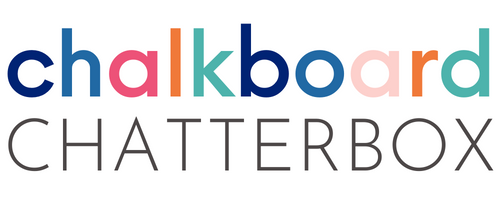3 Benefits of Flexible Seating
Genius hour, project based learning, and flexible seating are all buzzwords that you might hear if you walk into an elementary school. When we introduce new learning styles into our classroom, it's important to understand the research behind why these changes are beneficial for students. When introducing flexible seating into your classroom, you’ll see these benefits:
classroom engagement increases.
prepares students for the 21st century workforce.
allows students opportunities to practice responsibility.
1. Classroom Engagement Increases
Classroom engagement increases when students have the option to pick the place that is the most comfortable for them.
According to a study from The University of Salford, "intimate and personalized spaces are better for absorbing, memorizing, and recalling information (McMillan 1997)."
When I give my students the choice to move around the classroom, they are more engaged in their independent work.
They often spread out away from their peers and find unusual places that you wouldn’t think would be comfortable.
I have learned after several years of implementing flexible seating in my first and second grade classrooms that in order to have a successful flexible seating classroom, you have to be flexible.
You have to be willing to relinquish some of your control and give it back to your students. It was hard for me at first because I’m a certified type A teacher.
However, giving the responsibility to my students has been worth the struggle to see my students more engaged.
2. Prepares Students for Their Future
Some classrooms offer students standing areas and floor seating areas for working.
Having a variety of learning spaces allows students to have opportunities for individual work and group collaboration.
When we offer our students a variety of seating options, we are preparing them for the 21st century workforce.
The students in our class are going to go into careers in business, auto repair, graphic design, and other choices that I can only dream of.
They will be interacting with their colleagues and clients in different working environments.
It is our responsibility as teachers to give our students more than one seating option. Every student is different, and they all have different paths that they will take in the future.
Learning in a flexible seating classroom introduces students to a variety of learning and working environments.
3. Opportunities to Practice Responsibility
Students in a flexible seating classroom are given the opportunity to practice responsibility through daily choice.
According to a study from The University of Salford, "when children feel ownership of the classroom, it appears that the stage is set for cultivating feelings of responsibility (DeVries and Zan 1994)."
Learning in a flexible seating classroom requires a lot of responsibility from students. It is natural for a child to want to sit by their peers.
It takes a lot of teaching and modeling at the beginning of the year for students to gain the responsibility to make appropriate seating choices.
Once students have learned the reasons why they have privileges, they are able to successfully practice responsibility in their daily choices.
If you are interested in informing your parents or administrators about the benefits of flexible seating, I have this information available to print in a research brochure. Remember that you know what’s best for your students! You have the tools that you need to be successful this year!
Wrap Up
Implementing flexible seating has been one of the best things that I have done in my elementary classroom. The benefits of flexible seating far outweigh the learning and growing that takes place at the beginning of the year.
You’ll Love These Related Posts











